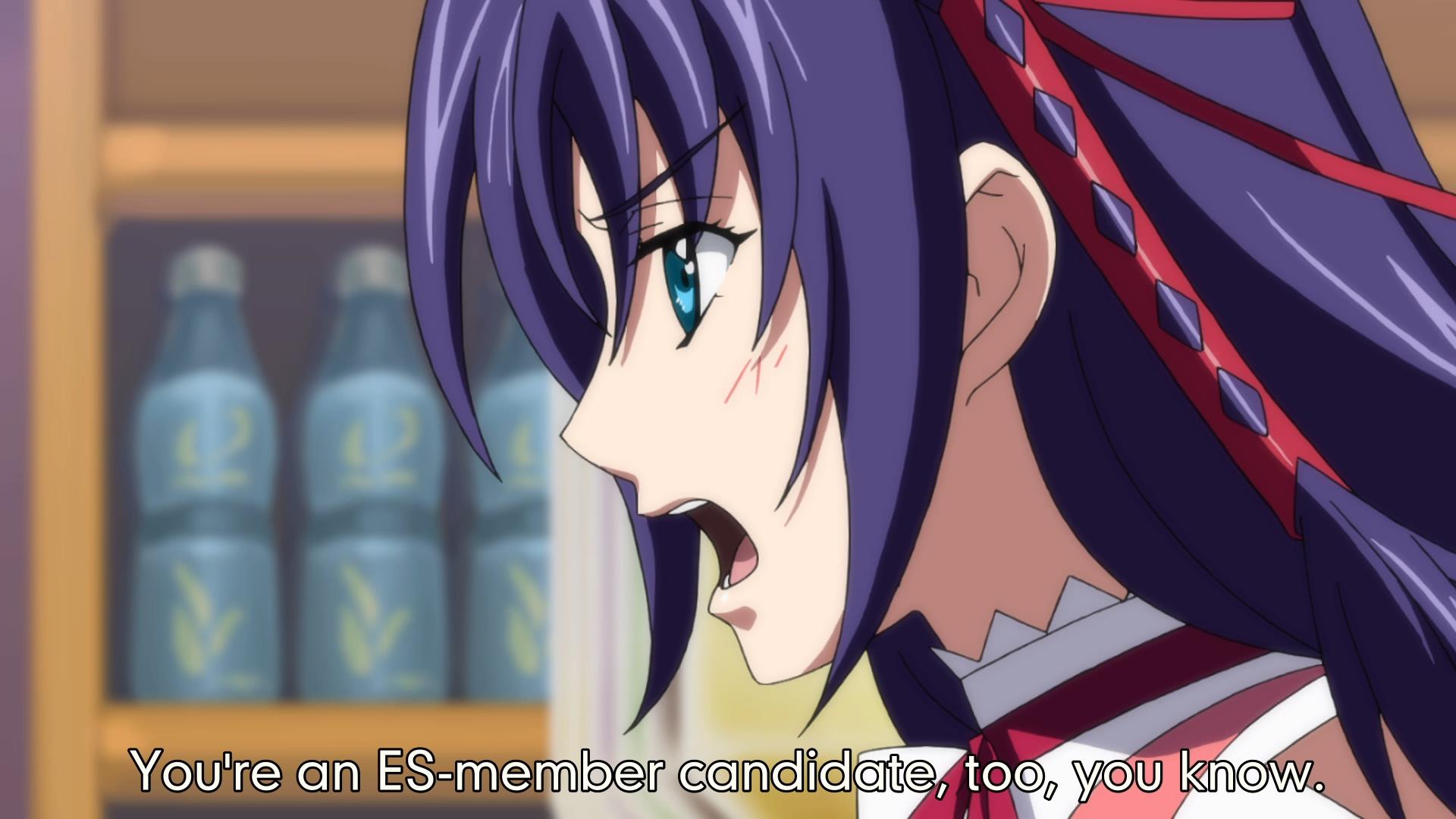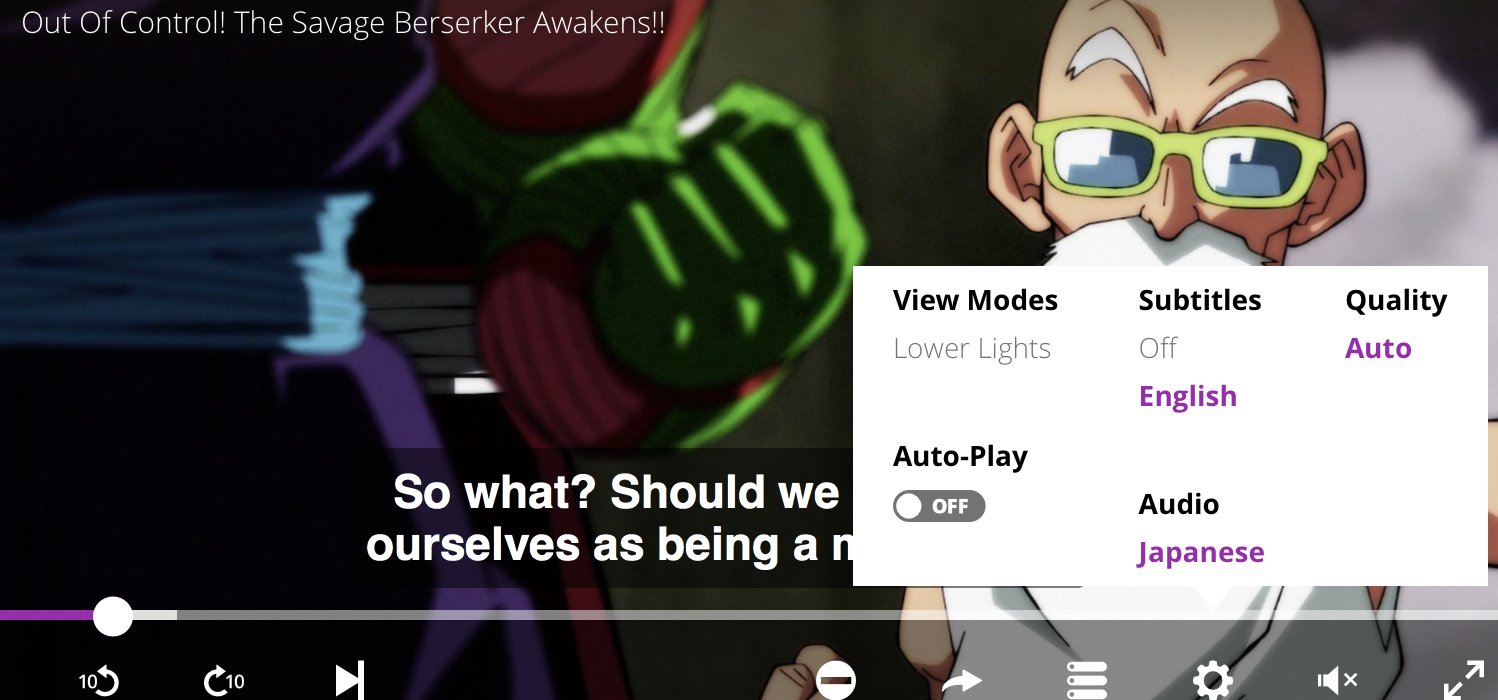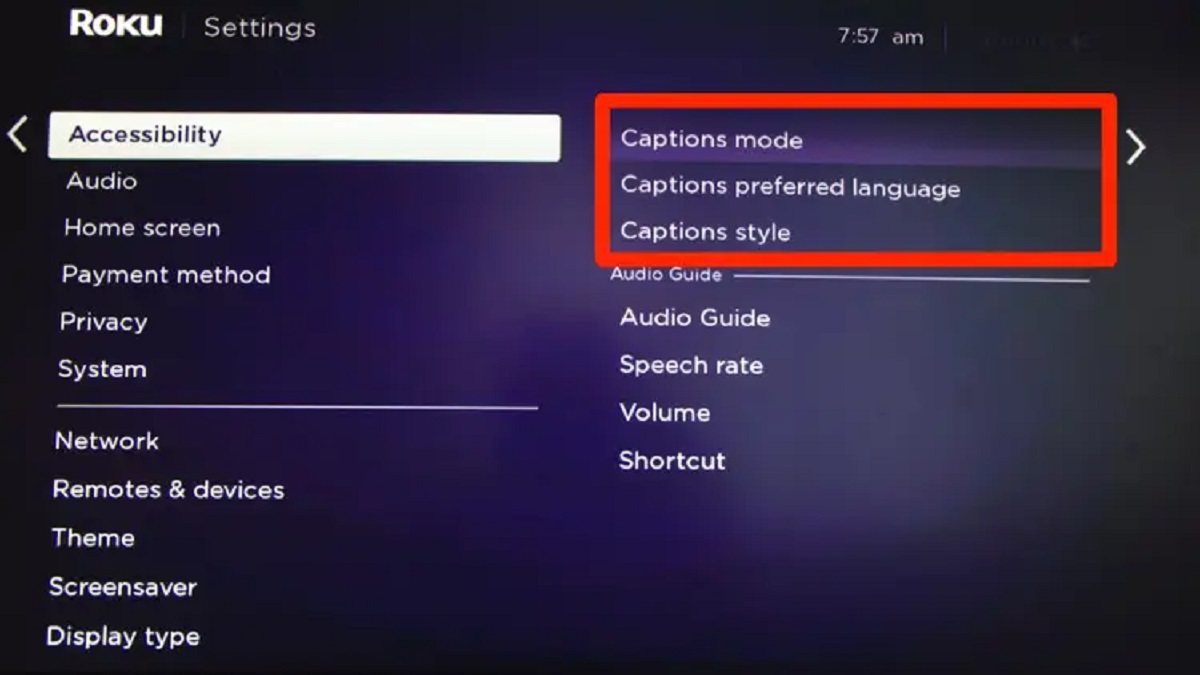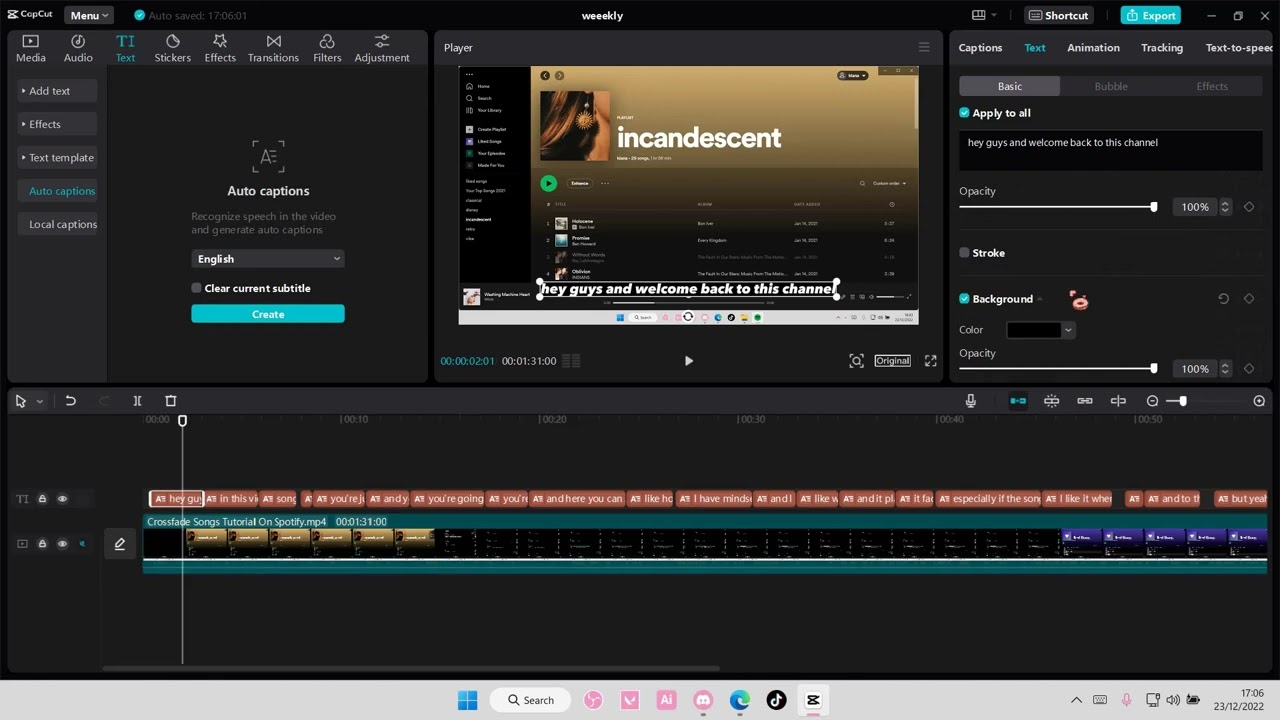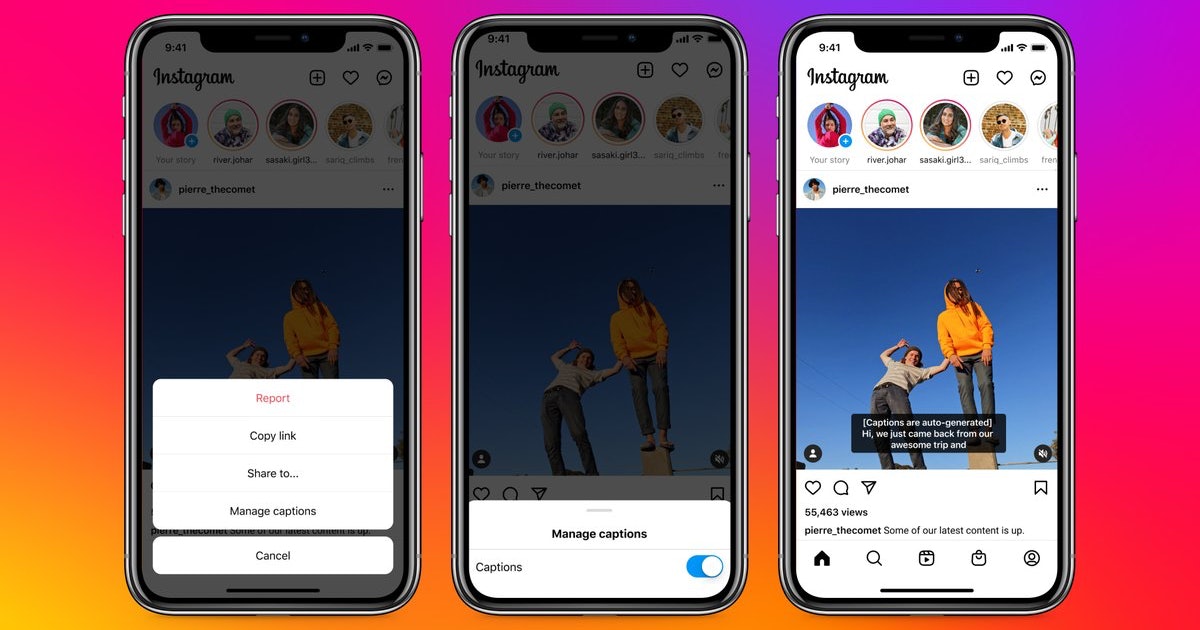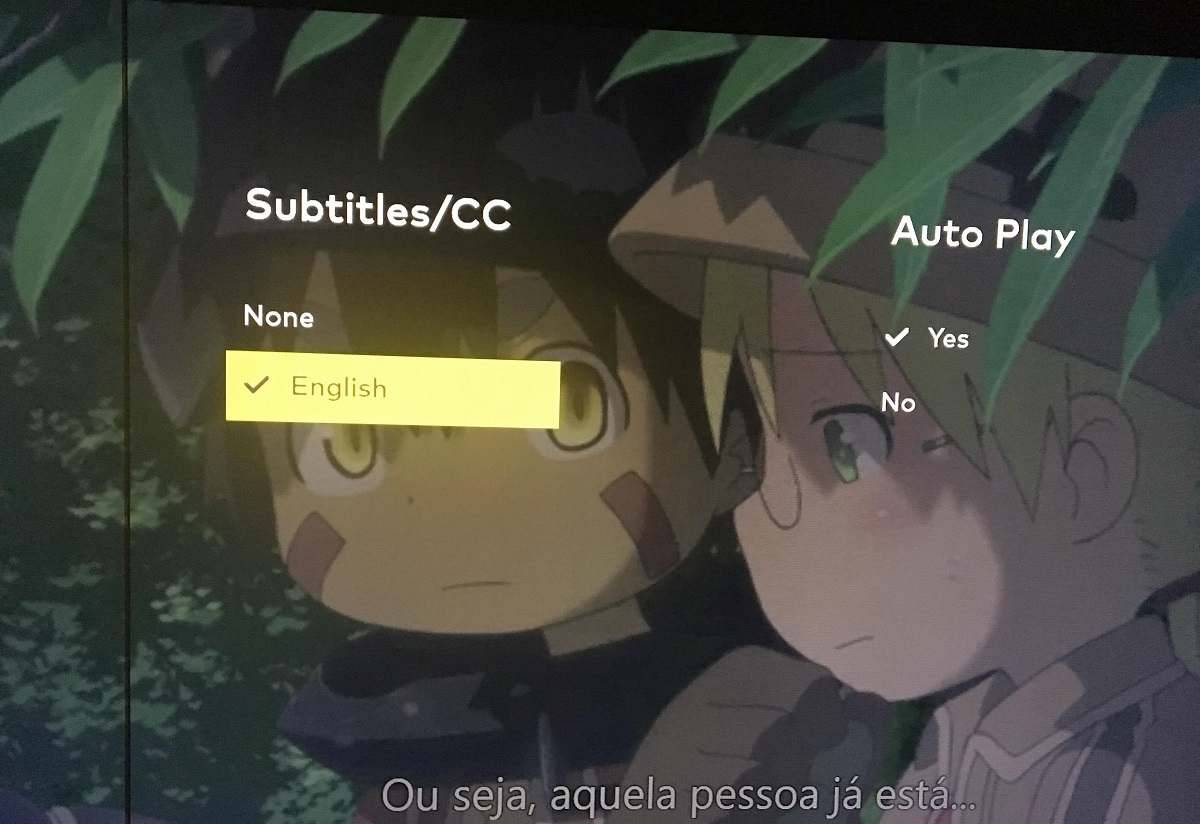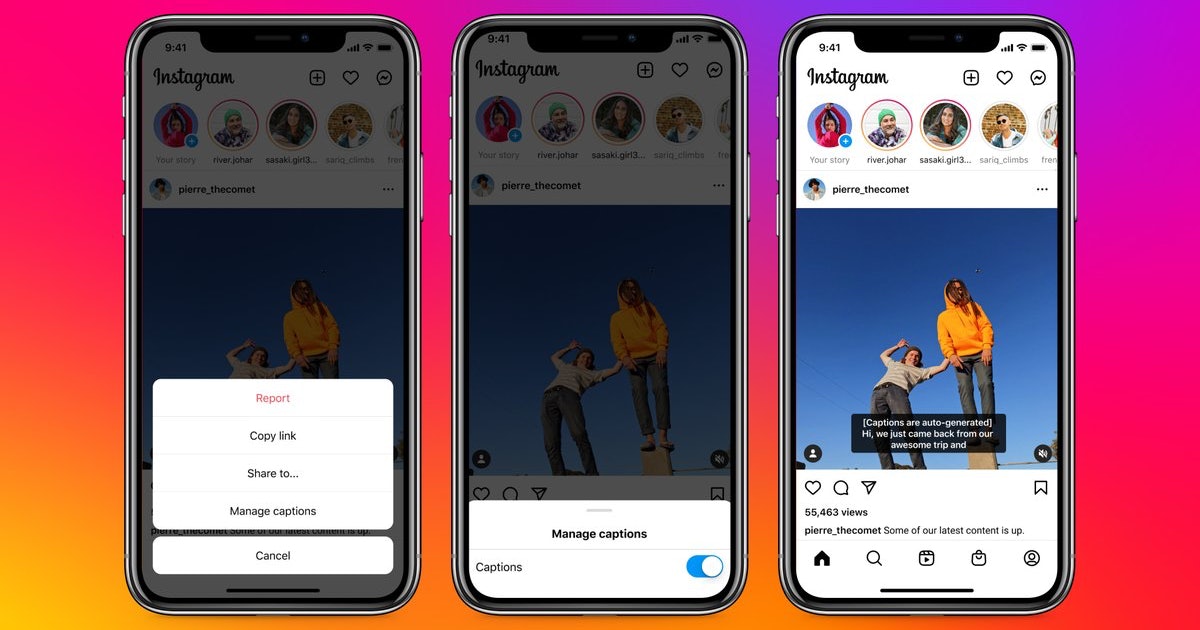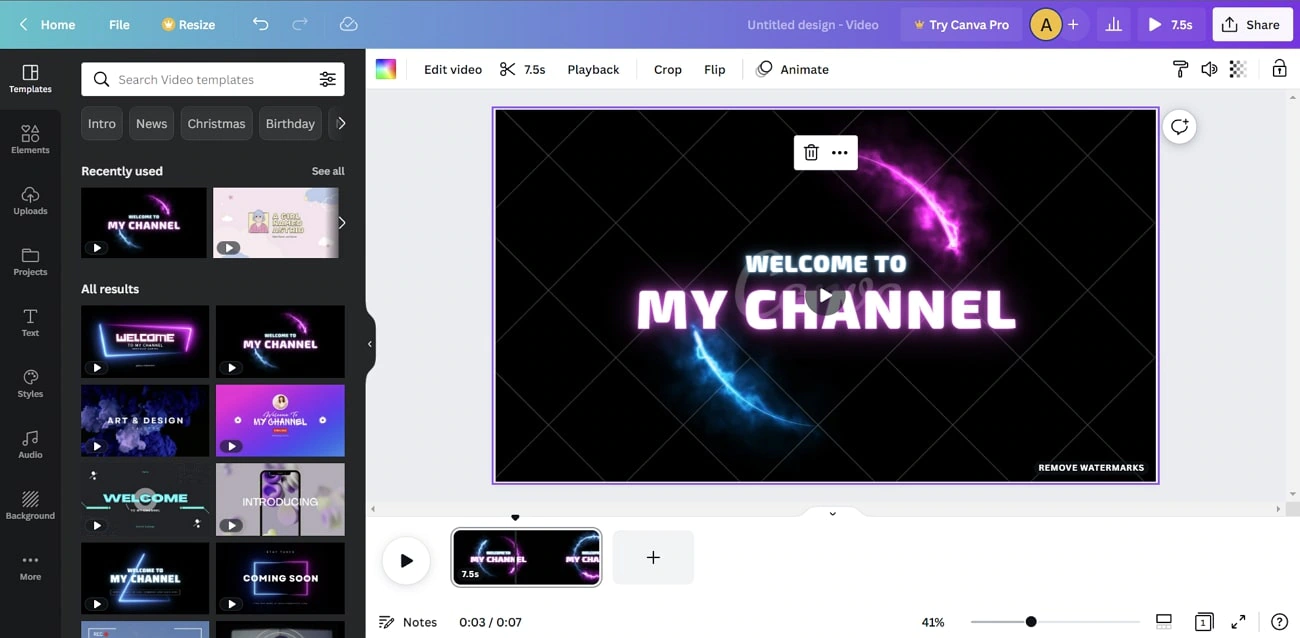Introduction
Anime has become a global phenomenon, captivating audiences of all ages with its unique storytelling and visually stunning animation. One crucial element that contributes to the overall viewing experience is the presence of subtitles. Subtitles help viewers understand the dialogue and immerse themselves in the rich narrative of the show. However, subtitles are more than just mere translations—they play a significant role in conveying the emotions and nuances of the characters.
When watching anime, you may have noticed the various fonts used in the subtitles, each adding a distinctive touch to the dialogue. These fonts not only enhance readability but also contribute to the overall aesthetic appeal of the anime. The choice of font can greatly impact the viewers’ perception of the show, creating a connection between the characters and the audience.
Over the years, anime subtitles have evolved significantly. What once started as simple, plain text has now transformed into beautifully stylized fonts that reflect the genre, mood, and tone of the anime. Anime creators and fans alike understand the importance of selecting the right font to complement the visuals and enhance the storytelling experience.
In this article, we will delve into the world of anime subtitles and explore the importance of font choice. We will discuss the popular fonts used in anime subtitles, methods to identify them, and resources to help you find the perfect anime subtitle font for your own projects. So, whether you’re an anime enthusiast, a filmmaker, or someone curious about the world of typography, buckle up and join us on this exciting journey into the world of anime subtitle fonts.
Importance of Anime Subtitles
Anime subtitles serve a crucial role in making the content accessible to a global audience. The subtitles act as a bridge that allows non-native speakers to grasp the intricate details of the plot, character interactions, and dialogue. Here are a few key reasons why anime subtitles are vital:
1. Language Accessibility: Anime has gained immense popularity outside of Japan. Subtitles provide a way for international viewers to enjoy the shows in their own languages. Whether it’s English, Spanish, French, or any other language, subtitles play a vital role in breaking language barriers and connecting people from different cultures.
2. Cultural Representation: Anime is deeply rooted in Japanese culture, and subtitles help preserve the authenticity of the content. By accurately translating cultural references, nuances, and wordplay, subtitles allow viewers to experience the true essence of the anime. This cultural representation often adds depth and richness to the storytelling, making it more engaging for the audience.
3. Emotional Impact: Anime is known for its ability to evoke strong emotions among viewers. Subtitles play a significant role in ensuring that these emotions are effectively conveyed. The choice of words, font styles, and timing of subtitles can enhance the impact of emotional scenes, enabling viewers to connect deeply with the characters and their experiences.
4. Improved Understanding: Sometimes, anime can have complex plots, intricate dialogue, or rapid conversations. Subtitles help in providing clarity and ensuring that viewers can follow the narrative seamlessly. By capturing the essence of the dialogue and translating it accurately, subtitles ensure that viewers don’t miss out on important story elements.
5. Enhancing the Viewing Experience: Anime subtitles also contribute to the overall visual appeal of the show. The font choice, color, and placement of subtitles can complement the art style and create a harmonious viewing experience. A well-designed subtitle can add aesthetic value to the scenes, making them visually appealing and captivating for the audience.
As we can see, anime subtitles are not just a matter of translation; they serve a much broader purpose. They bridge the gap between languages, enable cultural representation, intensify emotional moments, improve understanding, and elevate the overall viewing experience. With their ability to preserve the essence of the anime, subtitles ensure that the charm and impact of these shows are felt by audiences around the world.
The Evolution of Anime Subtitles
Over the years, anime subtitles have undergone a significant transformation, reflecting the advancements in technology and the changing preferences of viewers. Let’s explore the key stages in the evolution of anime subtitles:
1. Basic Text Subtitles: In the early days of anime, subtitles were simple and straightforward. They consisted of plain white text displayed at the bottom of the screen, providing a translation of the dialogue. These basic text subtitles served their purpose of providing comprehension but lacked any visual flair or stylistic elements.
2. Colored and Styled Text: As anime gained popularity and more viewers became invested in the medium, fansubs (subtitles created by fans) started to emerge. With fansubs, subtitles began to incorporate color and styling to enhance the visual appeal. Different colors were assigned to different characters or for emphasis, adding a layer of personality to the dialogue.
3. Unique Font Choices: With the advent of technology and the availability of various fonts, fansubbers started experimenting with font choices to differentiate their work. Fonts became a way to reflect the mood, genre, or character traits in the anime. Bold and strong fonts were used for action scenes, while elegant and cursive fonts suited romance or fantasy genres.
4. Localization and Adaptation: As anime gained popularity globally, the need for professional subtitles became more apparent. Subtitling companies took on the task of adapting anime for international audiences, providing accurate translations while considering cultural nuances. This led to improved localization efforts, resulting in more culturally adapted subtitles that resonated with viewers.
5. Dynamic Subtitles: With the rise of streaming platforms, subtitles became more dynamic. Options like adjustable font size, position, and color customization became available, allowing viewers to personalize their viewing experience. Some streaming platforms even introduced karaoke-style subtitles, where the lyrics of theme songs are displayed in sync with the music.
From basic text subtitles to the current era of dynamic and visually appealing subtitles, the evolution of anime subtitles has been remarkable. Today, subtitles not only serve the primary purpose of translation but also play a crucial role in enhancing the overall viewing experience. They have become an integral part of the anime-watching journey, capturing the essence of the show while catering to the diverse preferences of viewers around the world.
Why Font Choice Matters
Font choice may seem like a minor aspect when it comes to anime subtitles, but it plays a significant role in shaping the viewers’ perception and overall experience. Here’s why font choice matters:
1. Visual Representation: Anime is known for its visually striking art styles, and the subtitles should align with this aesthetic. The right font choice can complement the overall look and feel of the anime, enhancing the visual representation of the show. Whether it’s a sleek futuristic font for sci-fi anime or a whimsical font for a fantasy series, font selection can add an extra layer of visual appeal to the subtitles.
2. Reflecting the Tone: Different anime series have distinct tones, ranging from lighthearted and comedic to dark and intense. The font choice should reflect the tone of the show, helping to set the appropriate mood for viewers. A playful and bubbly font may suit a comedy anime, while a bold and edgy font may be more suitable for a gritty and action-packed series.
3. Character Representation: Fonts can also be used to represent the personalities and characteristics of the anime characters. Just as character designs and voice acting can bring characters to life, the font choice in the subtitles can reinforce their identities. For example, a soft and elegant font may be used for a gentle and refined character, while a bold and energetic font may be used for a passionate and spirited character.
4. Readability: Subtitles are meant to aid viewers in understanding the dialogue, so readability is crucial. The font choice should prioritize legibility, ensuring that viewers can easily read and comprehend the subtitles without any strain or confusion. Factors such as font size, spacing, and clarity of characters should be considered to optimize readability, especially during fast-paced and dialogue-rich scenes.
5. Emotional Impact: Fonts have the ability to evoke emotions and enhance the impact of certain scenes. The right font choice can capture the essence of emotions within the dialogue, whether it’s emphasizing a character’s anger, conveying sadness, or expressing excitement. By using fonts that evoke the intended emotions, subtitles can heighten the viewers’ emotional connection with the characters and the story.
In summary, font choice is not a trivial matter when it comes to anime subtitles. It serves as a visual representation, reflects the tone and character personalities, ensures readability, and enhances the emotional impact of the show. By carefully selecting the appropriate font, anime creators and subtitlers can elevate the viewers’ experience and create a more immersive and captivating journey through the world of anime.
Popular Fonts Used in Anime Subtitles
When it comes to anime subtitles, certain fonts have become popular choices due to their ability to capture the essence of the anime and enhance readability. Here are some of the popular fonts commonly used in anime subtitles:
1. Arial: Arial is a widely used sans-serif font known for its simplicity and readability. It is a versatile font that works well with various anime genres and styles, making it a popular choice among subtitlers. Arial’s clean and straightforward design ensures that the subtitles are easy to read without distracting from the overall visual experience.
2. Helvetica: Similar to Arial, Helvetica is another widely used sans-serif font that offers excellent readability. Its clean lines and balanced proportions make it a popular choice for subtitles in anime. Helvetica is often favored for its neutral appearance, allowing it to seamlessly blend with different anime aesthetics while maintaining legibility.
3. Impact: Impact is a bold and attention-grabbing font that is commonly used for subtitles in intense and action-packed anime. Its strong and heavy appearance helps to emphasize impactful moments and create a sense of drama. Impact is often used when subtitles need to stand out and make a bold statement on the screen.
4. Century Gothic: Century Gothic is a modern and geometric sans-serif font that brings a sleek and contemporary look to anime subtitles. Its clean lines and rounded shapes provide a sense of sophistication, making it suitable for various anime genres. Century Gothic is often chosen for futuristic or sci-fi anime, as it complements the futuristic themes and visuals.
5. Brush Script: Brush Script is a script font that adds a touch of elegance and whimsy to anime subtitles. With its hand-drawn and flowing strokes, it is often chosen for romance, fantasy, or slice-of-life anime. Brush Script helps to convey a sense of warmth and emotion, capturing the nuances and delicate nature of softer scenes and character interactions.
6. Times New Roman: Known for its classic and timeless appearance, Times New Roman is a serif font that is occasionally used for anime subtitles. It brings a sense of tradition and formality, making it suitable for historical or period anime. Times New Roman adds a touch of sophistication and authenticity to the subtitles, enhancing the overall aesthetic.
These are just a few examples of the popular fonts commonly used in anime subtitles. However, font choices can vary depending on the anime’s theme, genre, and visual style. It is essential for subtitlers and anime creators to consider factors such as readability, aesthetic appeal, and thematic coherence when selecting the appropriate font for their subtitles.
How to Identify Anime Subtitle Fonts
Identifying the specific font used in anime subtitles can be a challenging task, especially for those unfamiliar with typography. However, there are several methods you can employ to help you identify the font and achieve accurate results:
1. Font Matching Tools: There are many online font matching tools available that can analyze and identify a font based on an uploaded image or a sample of text. Tools like WhatTheFont and Identifont can be valuable resources in identifying anime subtitle fonts. Simply upload a screenshot of the subtitles or provide a sample text, and the tools will attempt to match it with the closest font in their database.
2. Typeface Identification Communities: Online communities and forums dedicated to font identification, such as r/identifythisfont on Reddit, often have helpful members who can assist in identifying anime subtitle fonts. Post a screenshot or sample text in these communities, and fellow enthusiasts can help you identify the font based on their knowledge and experience.
3. Font Databases and Websites: There are numerous font databases and websites that catalog a wide range of fonts, making it easier to identify specific ones. Websites like WhatFontIs and Fonts.com have extensive font libraries where you can search for fonts based on their appearance. By describing the characteristics of the anime subtitle font, such as the overall style, letter shapes, and other distinguishing features, you can find potential matches.
4. Typography Forums and Communities: Participating in forums and communities focused on typography can connect you with experts and enthusiasts who can provide valuable insights and guidance. Websites such as Typophile and MyFonts have active communities where you can seek assistance in identifying anime subtitle fonts. By engaging with fellow typographers and sharing your samples, you can gain valuable knowledge and advice.
5. Font Analogy and Comparison: Sometimes, even if you can’t find an exact match, you can identify fonts that have similar characteristics to the anime subtitle font you are trying to identify. By comparing different fonts and noting their similarities, you can find alternatives that closely resemble the original font. This approach requires a keen eye for detail and a good understanding of typography.
It’s important to remember that identifying anime subtitle fonts may not always yield precise results, as some fonts used in anime may be customized or modified versions of existing fonts. However, by utilizing these methods and tools, you can narrow down the possibilities and find fonts that closely resemble the ones used in anime subtitles.
Tools and Resources for Finding Anime Subtitle Fonts
When searching for anime subtitle fonts, there are various tools and resources available that can help you in your quest. These tools and resources provide valuable assistance in identifying and finding the perfect font for your anime subtitle needs. Here are some of the key tools and resources to consider:
1. Font Identifiers: Online font identification tools, such as WhatTheFont and Identifont, are excellent resources for identifying anime subtitle fonts. These tools allow you to upload an image or provide a sample text, and they analyze the font to provide a list of potential matches. By comparing your sample to their extensive font databases, you can identify fonts that closely resemble the ones used in anime subtitles.
2. Font Databases: Font databases like MyFonts, Fonts.com, and DaFont offer a vast collection of fonts, including those commonly used in anime subtitles. These databases allow you to search for fonts based on various criteria, such as style, category, or characteristics. You can browse through the fonts and find ones that closely match the style you’re looking for.
3. Typography Forums: Engaging in typography forums and communities can provide valuable insights and recommendations for anime subtitle fonts. Websites like Typophile and MyFonts have forums where you can seek advice, ask for font recommendations, and even showcase your samples for expert opinions. The community members can share their expertise and provide guidance on finding appropriate fonts.
4. Anime Subtitling Communities: Online communities focused specifically on anime subtitling can be a valuable resource for locating the fonts used in anime subtitles. Websites like Subscene and Crunchyroll have forums and subtitling groups where enthusiasts share information, resources, and even font files used in their subtitle projects. Participating in these communities can provide access to fonts used in various anime series and recommendations from seasoned subtitlers.
5. Fansub Groups: Fansub groups, which create subtitles for anime series, often share information about the fonts they use. Visiting fansub group websites or reaching out to members can lead you to font resources or even direct you to the specific fonts they utilize for subtitling. These groups may have recommendations and insights about font choices based on their experience in the field.
By utilizing these tools and resources, you can enhance your search for anime subtitle fonts. Whether you’re an anime fan, subtitler, or designer, these tools and resources will assist you in finding the perfect fonts to capture the essence of the anime and enhance the overall viewing experience.
How to Use Anime Subtitle Fonts in Your Projects
If you’re looking to incorporate anime subtitle fonts into your own projects, whether it’s creating subtitles for anime or designing anime-inspired content, here are some key steps to consider:
1. Font Licensing: It’s important to ensure that you have the proper licensing for the fonts you use. Some fonts may be free for personal use but require a license for commercial or public distribution. Make sure to read the terms of use for each font and obtain the necessary licenses, especially if you plan to use the fonts in professional or commercial projects.
2. Font Installation: Once you have chosen the anime subtitle fonts you want to use, you need to install them on your computer or design software. Fonts are typically available as downloadable files that can be installed on your operating system or specific design software like Photoshop or Illustrator. Follow the instructions provided with the font files to install them correctly.
3. Subtitle Creation: If your aim is to create subtitles for anime, you will need subtitling software or video editing software that supports subtitle creation. Import the anime video into the software, and using the chosen anime subtitle font, create and position the subtitles at the appropriate timings. Ensure that the subtitles are legible, have suitable positioning, and are timed accurately to match the dialogue.
4. Graphic Design and Typography: If you’re using anime subtitle fonts in graphic design projects, consider the overall layout and visual composition. Experiment with font sizes, styles, colors, and effects to create visually striking designs that align with the anime aesthetic. Combine multiple fonts if necessary, keeping in mind readability and coherence with the theme or message of your design.
5. Animation and Motion Graphics: For dynamic or animated projects, such as anime-inspired motion graphics, you can incorporate anime subtitle fonts creatively. Experiment with animated text effects, transitions, and timing to enhance the visual impact and convey the desired message effectively. Ensure that the animation doesn’t overshadow the readability of the subtitles.
6. Continuity and Consistency: Maintaining consistency with the font choice throughout the project is crucial to create a cohesive and professional look. Consistent use of font styles, sizes, and placement will help viewers easily follow the subtitles and maintain a smooth viewing experience. Pay attention to the legibility and readability, making sure the subtitles are clear and easy to read, even during fast-paced scenes or complex dialogues.
By following these steps, you can successfully incorporate anime subtitle fonts into your projects, whether it’s creating subtitles for anime or designing anime-inspired content. The key is to strike a balance between visual appeal and functionality, ensuring that the subtitles are both aesthetically pleasing and effectively communicate the dialogue to the audience.
Conclusion
Anime subtitles have come a long way, evolving from basic text to visually captivating fonts that enhance the overall viewing experience. The font choice in anime subtitles plays a crucial role in capturing the essence of the anime, representing characters, reflecting the tone, and improving readability. It contributes to the visual appeal of the show and adds an extra layer of artistry to the storytelling.
Understanding the importance of font choice in anime subtitles allows creators, subtitlers, and designers to create a more immersive and engaging experience for viewers. By selecting the right font, one can effectively convey emotions, enhance the impact of scenes, and communicate the dialogue accurately. The font becomes an integral part of the anime, complementing the visuals and immersing the audience in the world of the story.
Identifying anime subtitle fonts can be a challenging task but with the help of font matching tools, typography forums, and font databases, it is possible to find fonts that closely resemble the ones used in anime subtitles. These resources and communities offer valuable support and insights for font identification and selection.
Once you have found the anime subtitle fonts, proper licensing and installation are important to ensure the legal use and availability of the fonts. Whether creating subtitles for anime or incorporating anime subtitle fonts into graphic design or motion graphics projects, it is essential to maintain continuity, legibility, and cohesion throughout the project.
In conclusion, anime subtitle fonts are more than just translations. They are powerful tools that contribute to the visual aesthetic, emotional impact, and overall viewing experience of anime. By understanding the importance of font choice and utilizing the tools and resources available, one can successfully incorporate these fonts into their own projects and create a more immersive and captivating journey through the world of anime.







